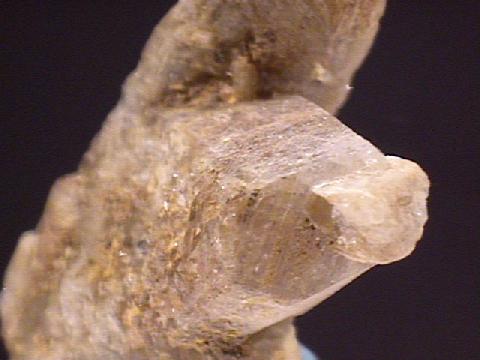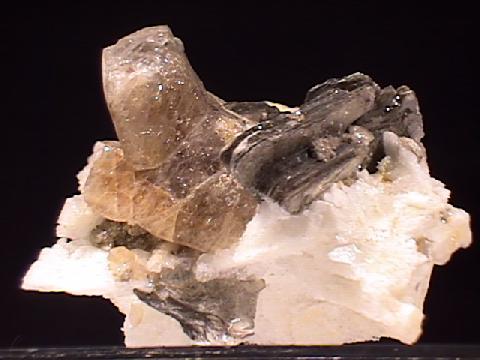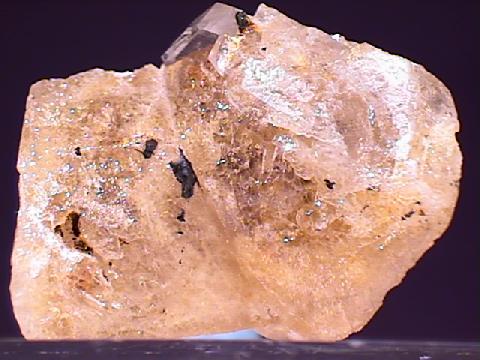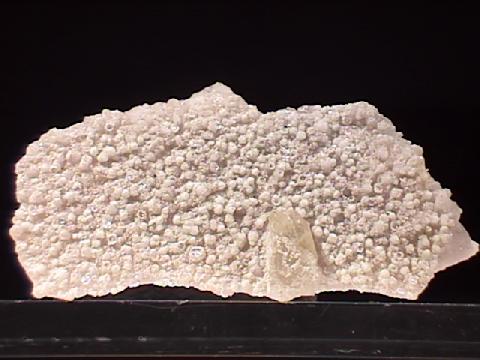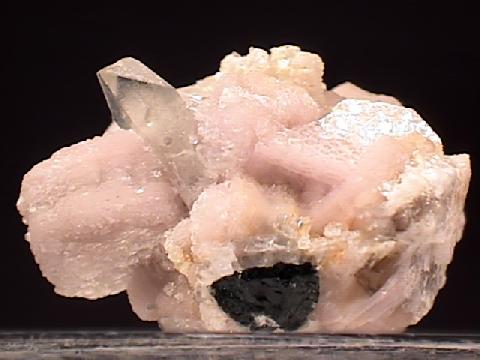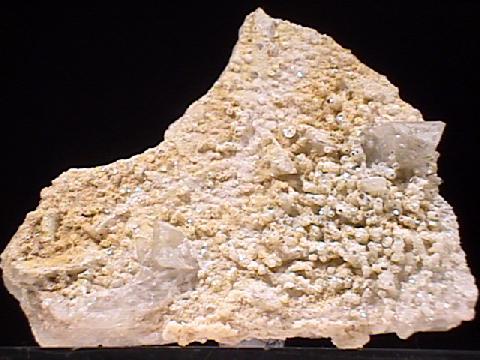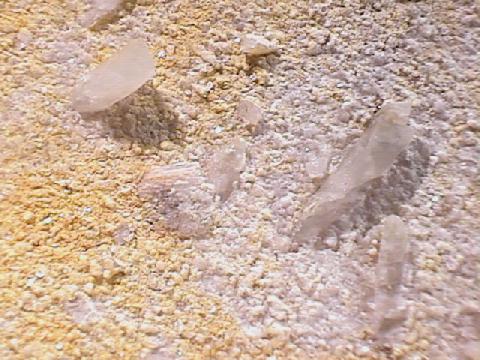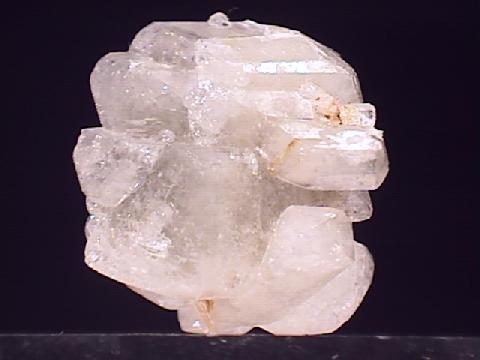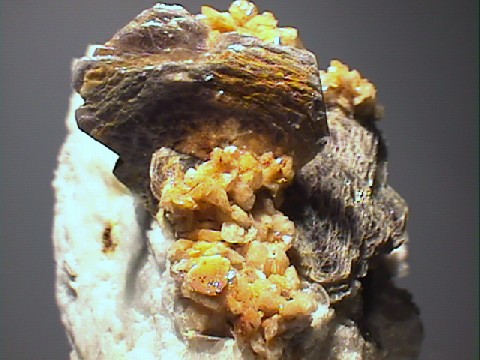 THE
MINERAL HERDERITE
THE
MINERAL HERDERITE
- Chemistry: CaBePO4(F, OH), Calcium Beryllium Phosphate Fluoride Hydroxide.
- Class: Phosphates
- Uses: As a very minor ore of beryllium and phosphorus and as mineral specimens.
Specimens
Herderite is an attractive and except in some mines in New England, a rather scarce phosphate mineral. It forms good crystals and can have a nice yellow or light blue color. Its twinned crystals are its most note-worthy form although its simple prismatic crystals can have quite complex and interesting terminations. The twinning can produce some very non-monoclinic looking crystals that could easily confuse identification. Orthorhombic and nearly hexagonal twins are possible. A "fishtail" twin has also been seen from deposits in Brazil. To top-off this mineral, some specimens are fluorescent. A deep blue color can sometimes be seen under longwave ultraviolet light. Herderite, with its beryllium chemistry, possible fluorescence and both attractive and interesting crystal forms, is certainly a nice addition to anybody's collection.
PHYSICAL CHARACTERISTICS:
- Color is colorless, white, yellowish or pale green to blue-green.
- Luster is vitreous.
- Transparency: Specimens are transparent to translucent.
- Crystal System is monoclinic; 2/m
- Crystal Habits include prismatic crystals with a complex, but over all domal termination. The prism faces may be rounded and etched. Twinning is common forming cyclic twins that have a malformed hexagonal tabular crystal. The "malformation" usually results in a crystal that looks more orthorhombic than hexagonal and are easily confused with crystals of barite. Other types of twinning can form "fishtail" twins similar to gypsum's famous twins. Also found in nodules, fibrous aggregates, radiating clusters and small grains.
- Cleavage is indistinct in two directions (prismatic).
- Fracture is subconchoidal.
- Hardness is variable from 5 - 5.5
- Specific Gravity is approximately 2.9 - 3.0 (average)
- Streak is white.
- Other Characteristics: Thermoluminescent, meaning it may glow with a weak blue light upon extreme heating (but this test may damage the specimen). Also sometimes fluorescent, showing deep blue in longwave ultraviolet light.
- Associated Minerals include those minerals common to phosphatic grantite pegamtites.
- Notable Occurrences include Golconda Mine, Minas Gerais, Brazil; several locations in Germany and Mursinsk, Russia. It the United States there are several locations that produce plentiful supplies of good crystals such as Newry, Stoneham and Topsham, Maine; Fletcher Mine, Alexandria, New Hampshire and San Diego County, California.
- Best Field Indicators are crystal habit, color, fluorescence if seen, hardness and localities.


